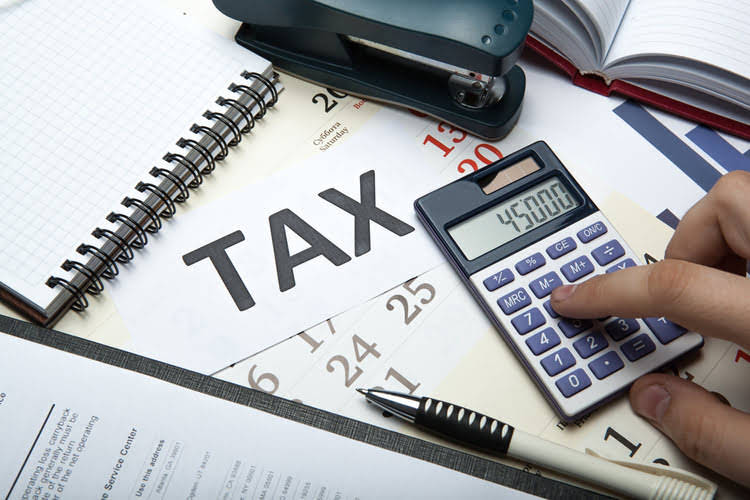
The sum of $6,080 cost of goods sold and $7,020 ending inventory is $13,100, the total inventory cost. In this case, the store sells 100 of the $50 units and 20 of the $54 units, and the cost of goods sold totals $6,080. FIFO and LIFO produce a different cost per unit sold, and the difference impacts both the balance sheet (inventory account) and the income statement (cost of goods sold).
- If you wonder how much is your inventory value, you can use our great online FIFO calculator to find it out.
- However, this results in higher tax liabilities and potentially higher future write-offs if that inventory becomes obsolete.
- When sales are recorded using the FIFO method, the oldest inventory–that was acquired first–is used up first.
- Under first-in, first-out method, the ending balance of inventory represents the most recent costs incurred to purchase merchandise or materials.
- Regular inventory assessments guarantee your financial records are accurate and help you detect any inventory issues early on.
- In some cases, a business may not actually sell or dispose of its oldest goods first.
FIFO vs. Specific Inventory Tracing
- Partnering with an experienced 3PL like Red Stag Fulfillment can provide you with the expertise and tools needed to streamline your inventory management processes.
- This is because even though we acquired 30 units at the cost of $4 each the same day, we have assumed that the sales have been made from the inventory units that were acquired earlier for $5 each.
- Adopting a proactive FIFO approach supported by technologies and automation tools can help you enhance overall supply chain efficiency, resulting in improved customer satisfaction and cost savings.
- To calculate the Cost of Goods Sold (COGS) using the LIFO method, determine the cost of your most recent inventory.
We’ll explore how the FIFO method works, as well as the advantages and disadvantages of using FIFO calculations for accounting. We’ll https://www.bookstime.com/ also compare the FIFO and LIFO methods to help you choose the right fit for your small business. Under FIFO, your Cost of Goods Sold (COGS) will be calculated using the unit cost of the oldest inventory first. The value of your ending inventory will then be based on the most recent inventory you purchased. Let’s say that a new line comes out and XYZ Clothing buys 100 shirts from this new line to put into inventory in its new store. As can be seen from above, the inventory cost under FIFO method relates to the cost of the latest purchases, i.e. $70.
How to calculate COGS using FIFO?
However, companies like car dealerships or gas/oil companies may try to sell items marked with the highest cost to reduce their taxable income. In the tables below, we use the inventory of a fictitious beverage producer called ABC Bottling Company to see how the valuation methods can affect the outcome of a company’s financial analysis. However, please note that if prices are decreasing, the opposite scenarios outlined above play out.

Con: Higher taxes
The ending inventory you record at the end of each fiscal year becomes your beginning inventory for the following year. Accurate calculations set your business up for success by providing a solid foundation for future financial reporting. Your ending inventory value appears on both your net income statement and balance sheet.

Below are the Ending Inventory Valuations:
- For many companies, inventory represents a large, if not the largest, portion of their assets.
- Inventory management, however, solely focuses on products and stock.
- This means that the business’s oldest inventory gets shipped out to customers before newer inventory.
- It requires less recordkeeping and gives you a better picture of how your costs affect your gross profit.
- On the basis of FIFO, we have assumed that the guitar purchased in January was sold first.
Learn more about what FIFO is and how it’s used to decide which inventory valuation methods are the right fit for your business. FIFO is calculated by adding the cost of the earliest inventory items sold. The price of the first 10 items bought as inventory is added together if 10 units of inventory were sold. The cost of these 10 items may differ depending on the valuation method chosen. There are balance sheet implications between these two valuation methods.

Secure business financing
The inventory item sold is assessed a higher cost of goods sold under LIFO during periods of increasing how do you calculate fifo prices. The average cost is a third accounting method that calculates inventory cost as the total cost of inventory divided by total units purchased. Most businesses use either FIFO or LIFO, and sole proprietors typically use average cost.
The FIFO method avoids obsolescence by selling the oldest inventory items first and maintaining the newest items in inventory. The actual inventory valuation method used doesn’t have to follow the actual flow of inventory through a company but it must be able to support why it selected the inventory valuation method. When all 250 units are sold, the entire inventory cost ($13,100) is posted to the cost of goods sold.
Inventory Valuation With FIFO
However, the reduced profit or earnings means the company would benefit from a lower tax liability. FIFO is also the most accurate method for reflecting the actual flow of inventory for most businesses. In normal economic circumstances, inflation means that the cost of https://www.facebook.com/BooksTimeInc/ goods sold rises over time.
最近のコメント